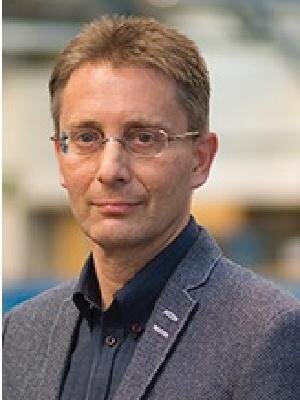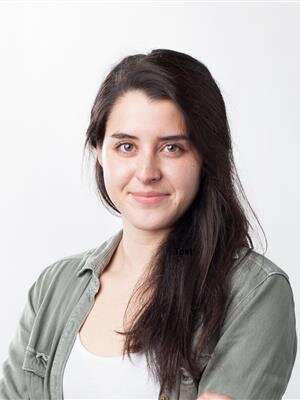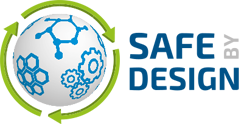Safe-by-Design
Exposure to hazardous substances and substances of concern can have negative consequences on both human health and the environment. Moreover, designing a product with circularity in mind can increase its level of complexity, as it involves different approaches to prolonging the life-cycle of a product. This can lead to new pathways that allow substances to be released or exposed (e.g. end-of-life treatments, product re-use in other contexts, prolonged degradation). Therefore, product design should ensure that the release of or the exposure to these substances throughout the lifecycle of products is eliminated. However, solutions are often context sensitive and can involve trade-offs between substances and materials used in product designs and their environmental impacts, which should also be considered.
The focus of the project is to develop and validate methods and guidelines to support designers when developing products that involve substances of concern (e.g. microplastics, phthalates, PFAS). The goal is to eliminate, reduce, or prevent their negatives effects on health and the environment throughout the products' lifecycles.
How will the project tackle research questions?
There are two projects related to safe-by-design. The first, funded by the Ministry of Infrastructure and Water Management, will focus on developing a safe-by-design approach to deal with substances of concern. This will form the basis for the second project, "Safe-by-design Circular Prodcuts", which was granted through the Dutch National Research Agenda (NWA) Program, Towards a practical Safe-by-Design approach for chemical products and processes. The solutions of designing safe products depend on a compromise between societal values, such as human health, ecosystem health, safety, justice, and prosperity. Therefore, the project Safe-by-design Circular Products will focus on a number of specific cases (hospital mattresses, coloured monitors, silicone bakeware, and biodegradable polymers in packaging) that pose a diversity of challenges. IDE researchers will explore and develop safe-by-design strategies using the four cases, develop safe and circular products by using design methods that integrate safe by design strategies, life cycle assessments and ethical considerations. These methods will then be tested in controlled conditions.
Expected results
The goal is to develop and implement design strategies that enables the design of safe products that fit into a circular economy. These strategies should support multiple uses and result in products that minimize use of substances of concern or avoid their emission to the environment.

Ruud Balkenende
- +31 15 27 81658
- a.r.balkenende@tudelft.nl
-
Room B-3-310

Conny Bakker
- +31 (0)15 27 89822
- C.A.Bakker@tudelft.nl
-
Room B-3-330

Julieta Bolaños Arriola
- +31 6 17688876
- j.bolanosarriola@tudelft.nl
- Researchgate publications
-
Room 32-B-4-360
Present on: Mon-Tue-Wed-Thu-Fri

